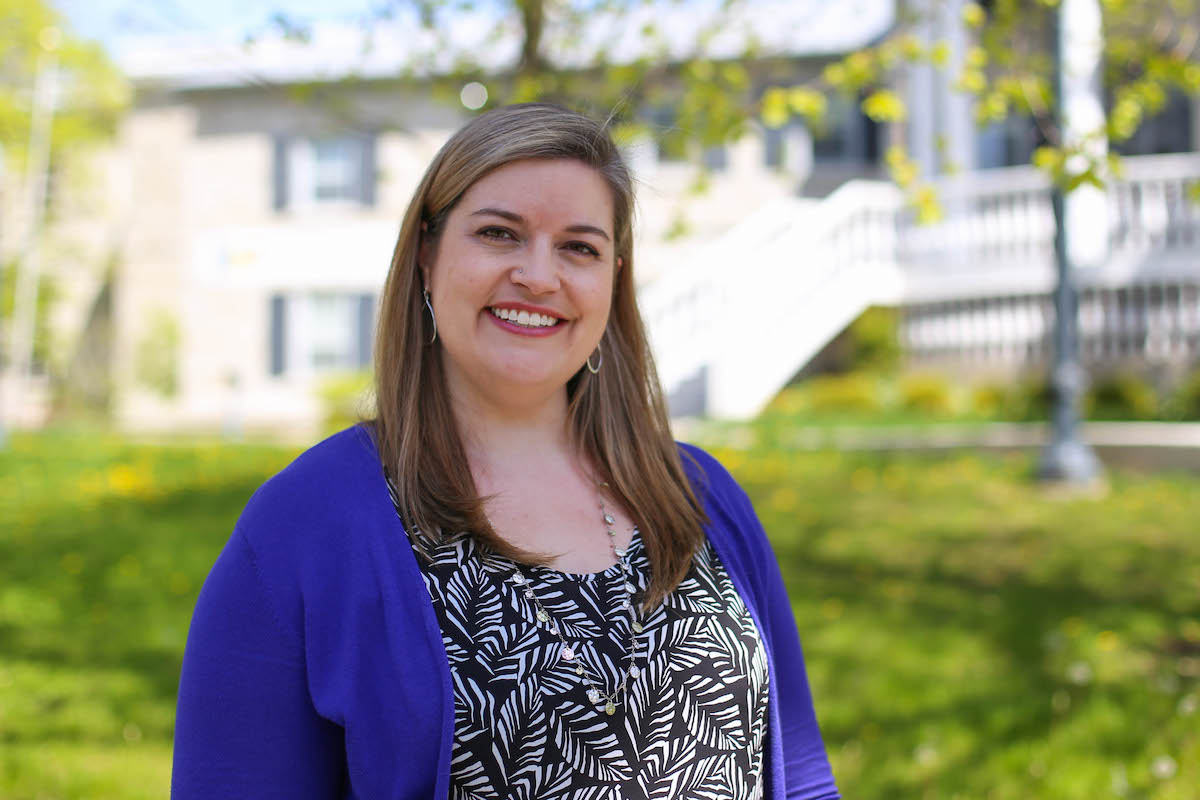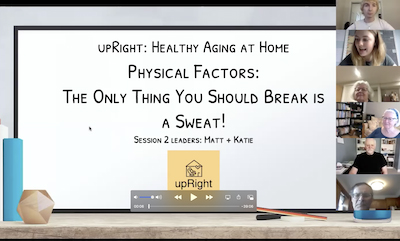Lessons learned from remote learning
June 1, 2020
Share

The following blog is written by Megan Edgelow, an assistant professor in the School of Rehabilitation Therapy, and first published through Dean of the Faculty of Health Sciences Richard Reznick’s Dean on Campus blog.
This spring has unfolded in some unexpected ways for first-year students of the MSc in Occupational Therapy (OT) program. Students returned to campus in early March, fresh from their first two-month clinical placements across the province, and the country, ready to dig into a spring term of learning while applying their recently expanded clinical skills. Just one week of face-to-face learning took place before students left campus and courses moved online due to COVID-19, and students once again found themselves scattered across the country when learning resumed online in late-March.
For my teaching, the move online presented some challenges in OT852 – Group Theory and Process. This course traditionally blends group theory and practical group leadership experiences, with teams of OT students designing and leading health-oriented groups for community volunteers in the Clinical Education Centre of the Faculty of Health Sciences. While theory may lend itself to online lectures and textbook readings, the applied learning activities in the course were more difficult to reconceptualize. Thankfully, with some creative thinking, and the flexibility of the OT students, all the learning objectives could be met remotely.
My course team and the students turned our usual face-to-face class times into regular Zoom sessions covering the necessary group theory, and then used the “breakout rooms” feature of Zoom to allow the students to work in teams. These smaller online rooms provided the students with a virtual environment where they could effectively engage in group collaboration, including the designing and planning of OT group sessions, while continuing to receive essential formative feedback from instructors.
To replace the in-person Clinical Education Centre experience, further creativity was needed. This year, the OT students designed “Healthy Aging” groups, creating content to address the physical, emotional, social and spiritual factors that influence the aging process, responding to the performance and engagement issues that the aging process can bring. Teams of students designed online group sessions around a variety of topics, including falls prevention, physical activity, leisure activity, time use and routines, spirituality, and coping skills for use in daily life and with the stress of COVID-19. Students then recruited adults and older adults from their own lives, including parents, grandparents, aunts, uncles, family friends, and neighbours to volunteer as their group participants.
O ver the course of two weeks in May, 10 teams led and recorded three group sessions each, for a total of 30 “Healthy Aging” group sessions, with over 50 community participants.
ver the course of two weeks in May, 10 teams led and recorded three group sessions each, for a total of 30 “Healthy Aging” group sessions, with over 50 community participants.
Feedback from the participants was overwhelmingly positive. They learned new things about staying healthy later in life, as well as ways to cope in daily life and during the global pandemic, and they appreciated the opportunity to connect remotely with the OT students and other participants during a particularly isolated time. Some participants even asked to keep in touch with each other to keep applying their learning and supporting one other.
For myself and my co-instructors, who had the pleasure of watching the recorded group sessions and providing the OT students with feedback on their leadership skills, the learning was clear. Our students designed creative, engaging and supportive sessions for their participants, learning about leadership in a new way during an unprecedented time in health care.
Given the ongoing need for flexibility in health service delivery, and the expanding nature of telehealth and remote health care, this learning experience sows the seeds for these OT students as future action-oriented, responsive and adaptive leaders. This evolving health care environment continues to provide opportunities for Occupational Therapists to lead in health systems adaptations, addressing issues of performance and engagement, and focusing on meaning, purpose and connection with patients and clients as their health journeys unfold in real time.